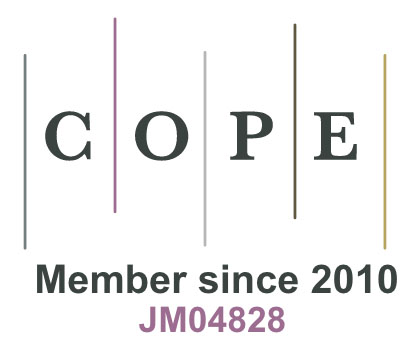Prevention of Re-hospitalization

One of the most important preventable factors that contributes to high medical costs for the elderly is re-hospitalization. In the current “Editor’s Pick” article, Dr. Hong Tao, PhD, RN, and her colleagues (Carol Hall Ellenbecker, PhD, RN; Jie Chen, PhD; Lin Zhan, PhD, RN, FAAN and Joanne Dalton, PhD, APRN,BC) provide specific evidence that can be used in reaching the goal of preventing re-hospitalization. The article, titled “The Influence of Social Environmental Factors on Rehospitalization Among Patients Receiving Home Health Care Services,” summarizes a study based guided by Orem’s Self-Care theory. The researchers conducted a retrospective study of the Outcome and Assessment Information Set (OASIS) records of 1268 elderly patients, 262 of whom were rehospitalized within the first 20 days of being enrolled in home care. The two hypotheses of the study were supported, providing important evidence that can be considered in designing programs aimed toward prevention of rehospitalization.
Dr. Tao shared this description of how this study evolved, as well as her current and future research activities:
I embarked on this program of research during my doctoral studies supervised by Dr. Ellenbecker, whose expertise is health policy and home healthcare. Since the Prospective Payment System case mix methodology does not contain
OASIS items that are cited as triggers for social work referrals, we realized that it may be critical to find evidence that social environmental factors could be independent predictors for readmission and should be assessed to identify high-risk patients.
The findings of the study summarized in this article have led to a series of studies and expanding collaboration to sites in Wisconsin where I am now residing. In a recently conducted pilot study of Visiting Nurses and case managers we found that the early identification of changes in health condition by family members is a factor in preventing re-hospitalization. Families’ ability to identify changes in health condition in a timely manner was influenced by three primary factors: effective communication between healthcare providers and patients/families; supportive self-care/family-care guidance; and patient and family member’s perception of constricted option (e.g. the hospital is the only place/first option at all times). My future research will focus on developing an intervention to reduce re-hospitalization targeting family members of elderly patients with multiple comorbid conditions, who are discharged to home healthcare immediately following hospitalization.
This is an excellent example of research based on a nursing framework that has broad applicability for all disciplines concerned with prevention of rehospitalization. You can download your own copy of this article now, at no charge! Visit the ANS web site today!





